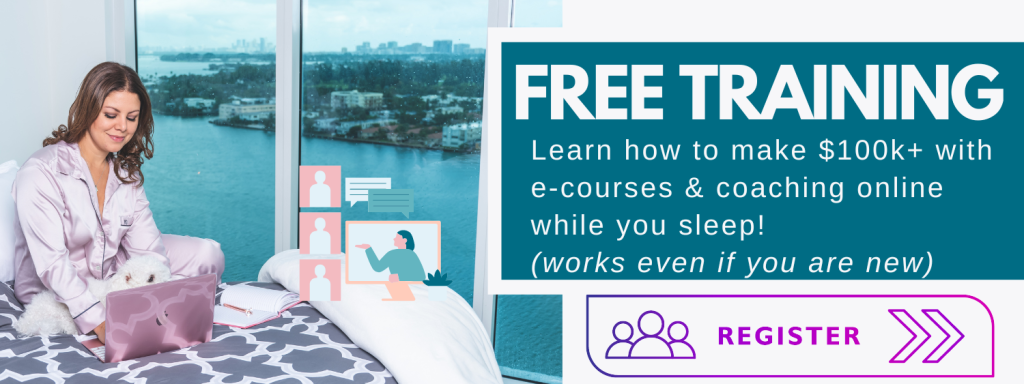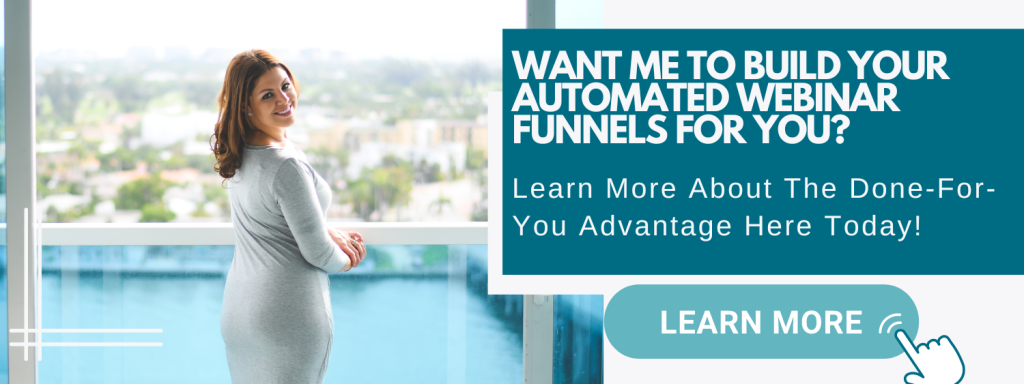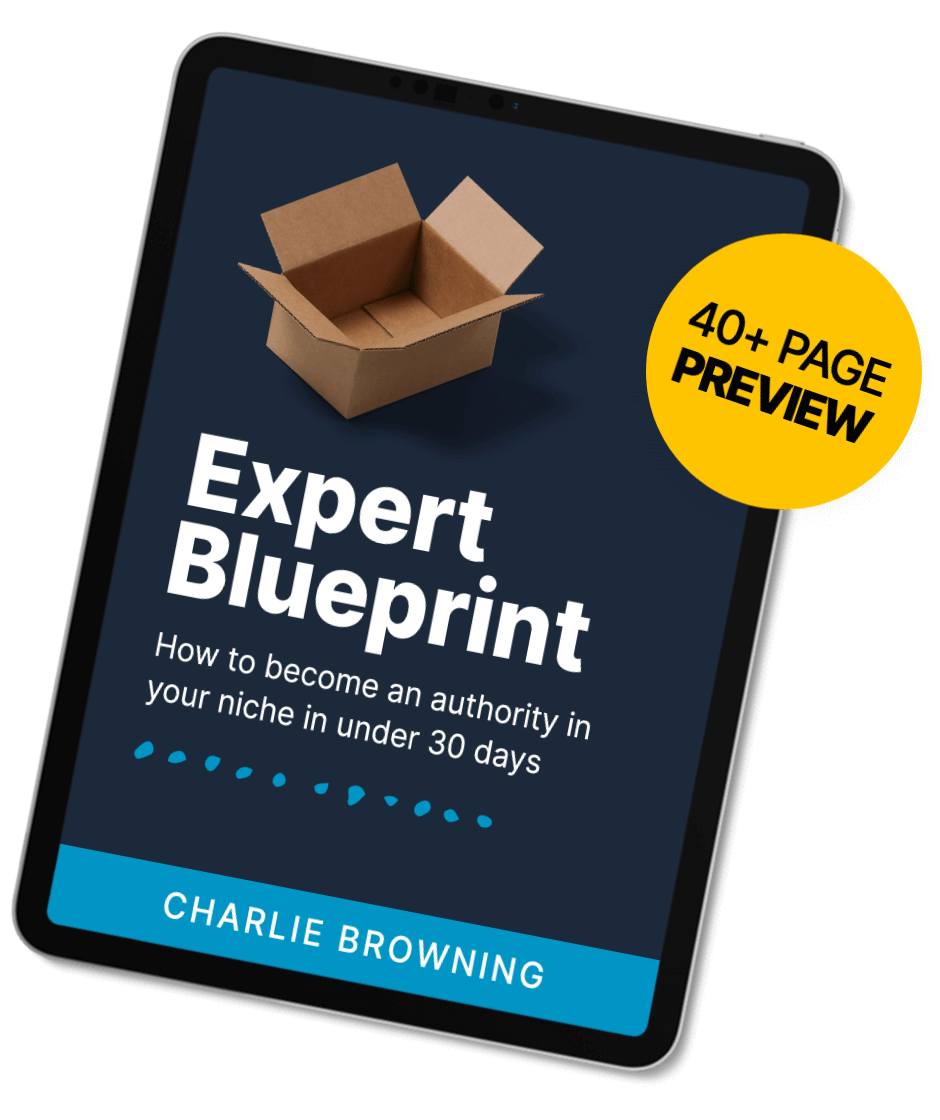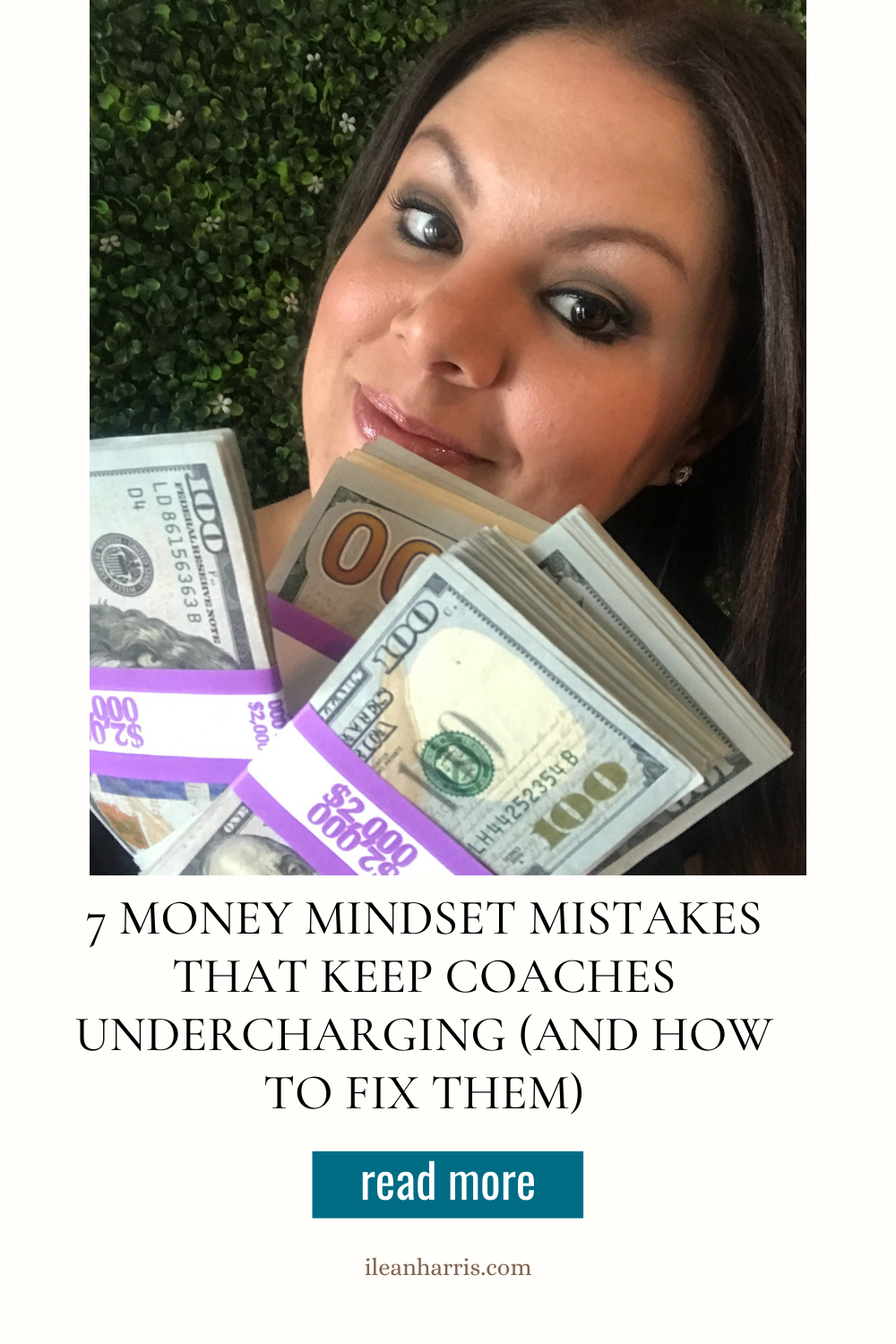This post is all about webinar funnel example.
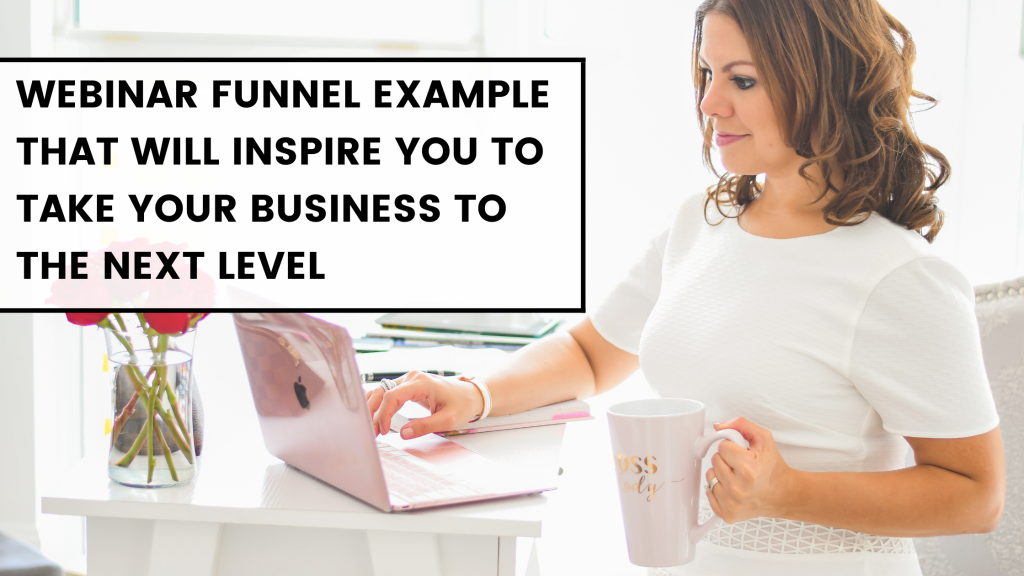
Webinar Funnel Example That Will Inspire You to Take Your Business to the Next Level
Webinars are a powerful tool for coaches and digital course creators to showcase their expertise and attract potential clients.
However, simply hosting a webinar isn’t enough to generate leads and sales.
To truly maximize the impact of your webinar, you need a well-crafted webinar funnel.
A webinar funnel is a sequence of steps that leads the viewer from registering for your webinar to taking action (such as signing up for your coaching services or purchasing your course). See an example of one here now as I teach all about how to create your own.
By providing valuable information during the webinar, you build trust with your audience and increase the likelihood that they will take action.
Click here to learn more about webinar funnels.
So, why create a webinar funnel?
For one, it’s an excellent way to generate leads. When people register for your webinar, they provide their email address, which you can then use to follow up with them after the webinar.
Additionally, a webinar funnel can help you establish yourself as an authority in your field, as you are providing valuable information and insights to your audience.

To create a converting webinar funnel, there are several key steps to follow. The first step is to choose a topic that will resonate with your target audience.
This involves conducting market research to determine what your audience is struggling with and what they are looking for in terms of solutions.
Once you have your topic, it’s time to create your training. This should be a well-crafted presentation that provides valuable insights and actionable advice to your audience.
It’s important to strike a balance between providing enough information to be helpful and not overwhelming your viewers.
Click here to learn more about evergreen webinar funnels.
The next step is to craft your call to action (CTA). This is where you tell your audience what action you want them to take, whether it’s signing up for your coaching services, purchasing your course, or something else.
Your CTA should be clear and compelling, and it should make it easy for viewers to take the desired action.
After the webinar is over, it’s important to follow up with your audience.
This can be done through an email marketing campaign that provides additional information or resources related to the topic of the webinar.
By staying in touch with your audience, you continue to build trust and keep your services top of mind.
One of the key benefits of a webinar funnel is the ability to automate the process.
Once you have a webinar that you know converts well, you can set up an automated funnel that takes viewers through the same steps as your live webinar.
This allows you to reach a wider audience and generate leads and sales even while you’re not actively promoting your webinar.
So, what should you do if you want to create a webinar funnel for your coaching or digital course business?
Start by choosing a topic that resonates with your target audience and conducting market research to ensure that you are providing valuable insights.
Craft a well-designed training that provides actionable advice, and make sure your call to action is clear and compelling.
Finally, follow up with your audience via email marketing, and consider automating the process to maximize your reach.
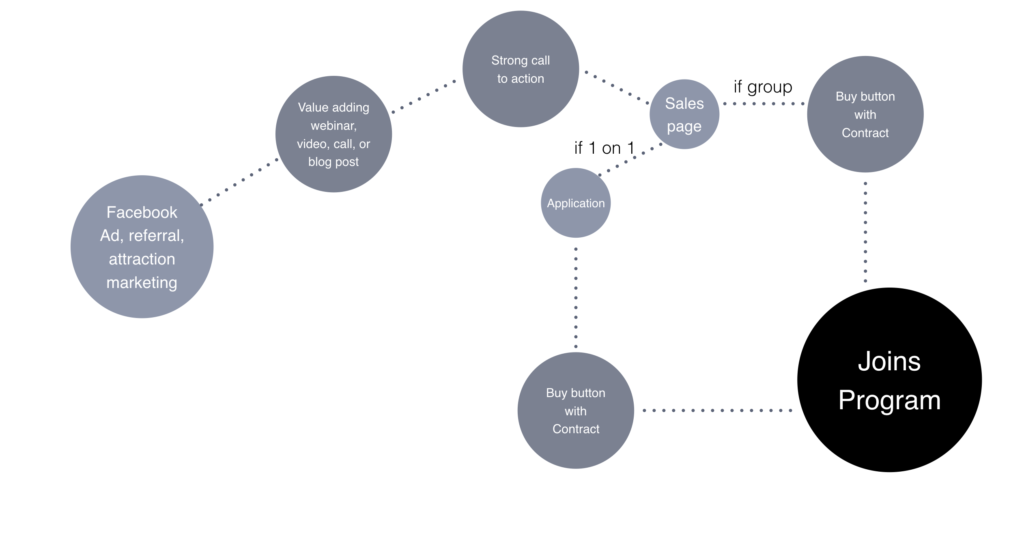
In conclusion, a well-designed webinar funnel can be a powerful tool for coaches and digital course creators looking to generate leads and sales.
By following the steps outlined above, you can create a webinar funnel that converts and takes your business to the next level.
So, what are you waiting for?
Start crafting your webinar funnel today and watch your business grow!
This post was all about webinar funnel example.


